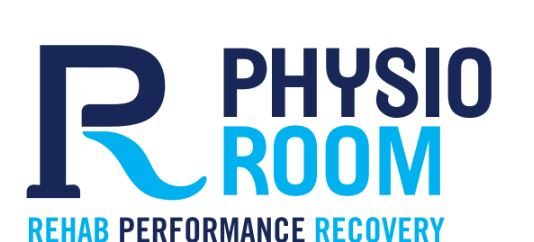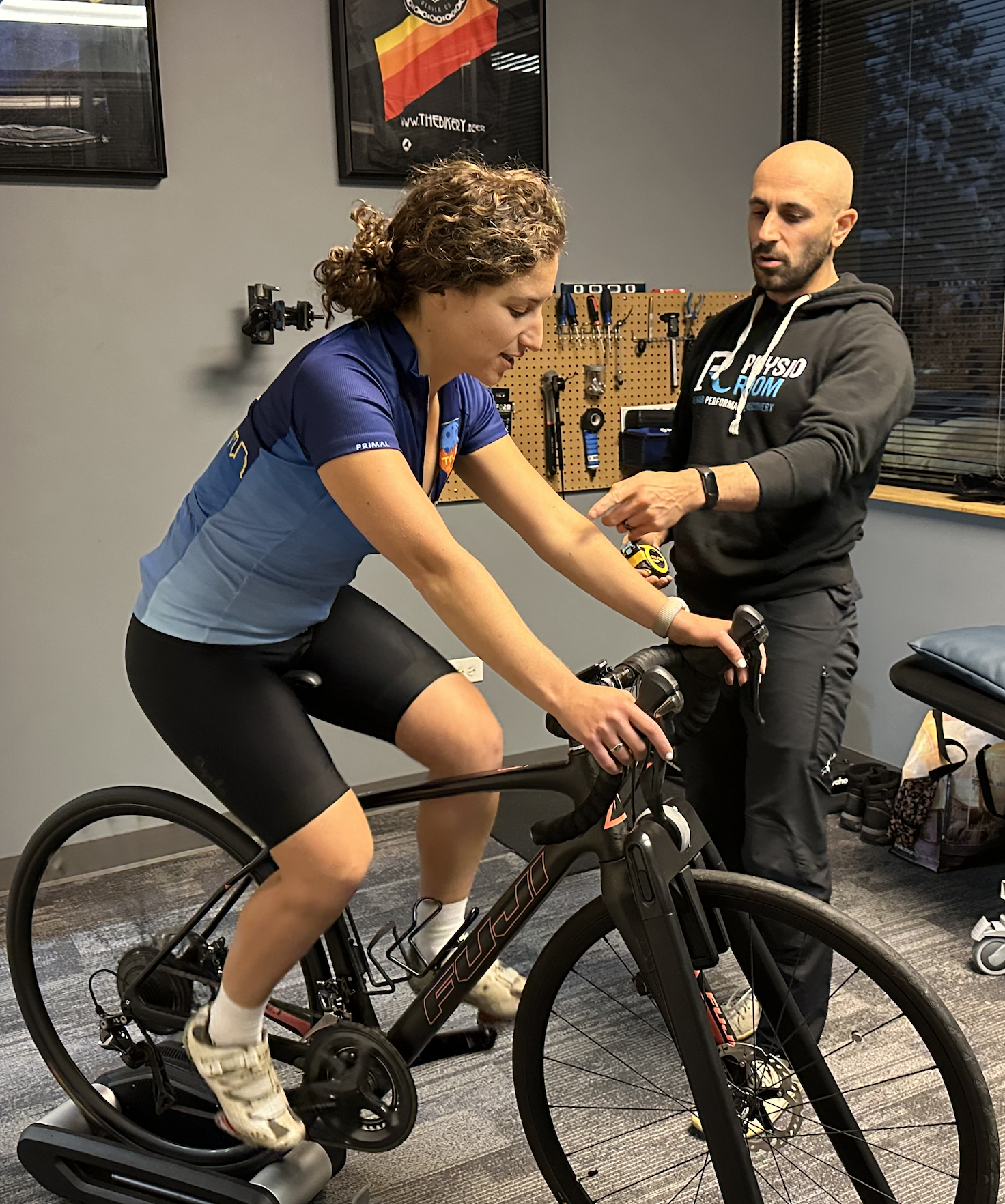Managing Knee Pain as a Pickleball Player
Introduction
Pickleball is a fast-paced, dynamic sport, but the quick lateral movements, sudden stops, and repetitive stress can take a toll on your knees. Whether it’s from overuse, poor mechanics, or underlying conditions like arthritis, knee pain is a common challenge for players. In this article, we break down the root causes of knee pain and share expert strategies to manage and prevent it—so you can stay strong, pain-free, and active on the court!
Common Causes of Knee Pain in Pickleball
- Overuse & Repetitive Stress (most common) – Playing too often without adequate recovery can lead to inflammation and pain.
- Hard Court Surfaces – Pickleball courts are typically hard, which increases joint impact and stress on the knees.
- Muscle Weakness & Imbalances – Weak quadriceps, hamstrings, or glutes can force the knee joint to compensate, leading to strain.
- Improper Footwear – Worn-out or unsupportive shoes fail to absorb shock and may contribute to knee pain.
- Underlying Conditions – Issues such as arthritis, meniscus injuries, or patellar tendinitis can be aggravated by pickleball play.
Immediate Pain Management Strategies
P.E.A.C.E & L.O.V.E.: A modern approach to managing pain and recovery.
- Protect: Avoid aggravating movements for the first few days.
- Elevate: Keep the affected area raised to reduce swelling.
- Avoid Anti-Inflammatories: Let the body’s natural healing process occur.
- Compress: Use bandages or sleeves for support.
- Educate: Understand the injury and seek proper guidance.
After the initial phase, focus on L.O.V.E.:
- Load: Gradually introduce movement and resistance.
- Optimism: Maintain a positive mindset for recovery.
- Vascularization: Engage in low-impact cardiovascular activity.
- Exercise: Strengthen surrounding muscles to prevent future injuries.
- Supportive Gear: KT tape or knee braces can provide additional stability during play.
- Modify Play Style: Avoid excessive lunging, pivoting, and sudden stops if experiencing pain.
Strengthening, Stability, and Aerobic Fitness for Pickleball
Building strong muscles around the knee helps absorb impact and reduce strain. Consider incorporating:
- Quadriceps & Hamstring Strengthening: Squats, leg presses, deadlifts.
- Glute Activation: Single leg Romanian Deadlifts, hip thrust, lateral band walks, split squats.
- Calf Strengthening: Weighted heel raises to improve shock absorption.
- Balance & Proprioception Training: Box jumps, lateral bounds, depth jumps, and single-leg hops to improve stability and explosive movement on the court.
- Meeting the recommended guidelines of 150 minutes of moderate-intensity aerobic exercise per week helps improve stamina, circulation, and recovery while reducing the risk of injury.
Mobility & Stretching Routine
A proper warm-up and cool-down routine can improve flexibility and reduce stiffness. Here are some of my favorite movements to perform before and after a game.
Dynamic Warm-Up Before Playing:
Perform each of the following exercises for 30-45 seconds to properly prepare your body for play:
- Leg swings
- Walking lunges
- High knees
- Jumping jacks
Post-Game Stretching:
- Quad stretch
- Hamstring stretch
- Hip flexor stretch
- Calf stretch
Footwear & Equipment Adjustments
- Choose pickleball-specific shoes with ample cushioning and lateral support. Unlike running shoes, which prioritize forward motion and extra cushioning, pickleball shoes are designed for the lateral movements required in the game. Running shoes lack the necessary side support, increasing the risk of ankle rolling and instability during quick directional changes on the court.
- Consider orthotics to improve foot alignment and reduce knee strain.
- Wear a knee brace or compression sleeve for extra joint support.
When to Seek Professional Help
If knee pain persists despite self-care, consult a physical therapist or doctor. The physical therapists at Physio Room specialize in screening injuries and are experts in treating and managing serious conditions that could affect your game. Warning signs include:
- Persistent pain lasting beyond a few weeks.
- Swelling, locking, or instability in the knee.
- Worsening pain during or after activity.
Conclusion
Knee pain doesn’t have to sideline your pickleball game. By managing activity levels, strengthening key muscles, improving flexibility, and using proper footwear, you can reduce pain and prevent future injuries. At Physio Room, we specialize in helping pickleball players stay pain-free and at peak performance. Our team can create a personalized treatment plan tailored to your specific needs, ensuring you stay strong, mobile, and on the court. Listen to your body, take proactive steps for knee health, and let Physio Room help you keep enjoying the sport you love!

Written by Seth Hagan – PT, DPT, OCS | Physio Room





No responses yet